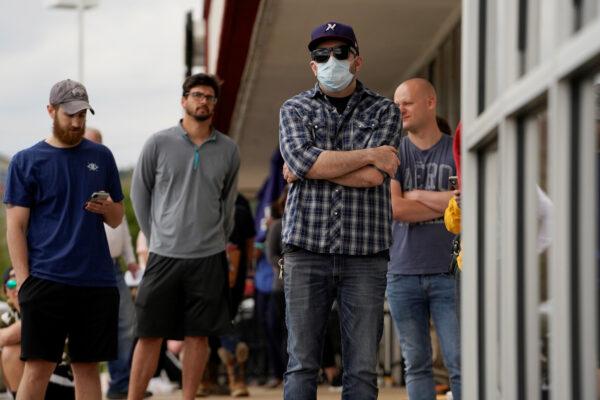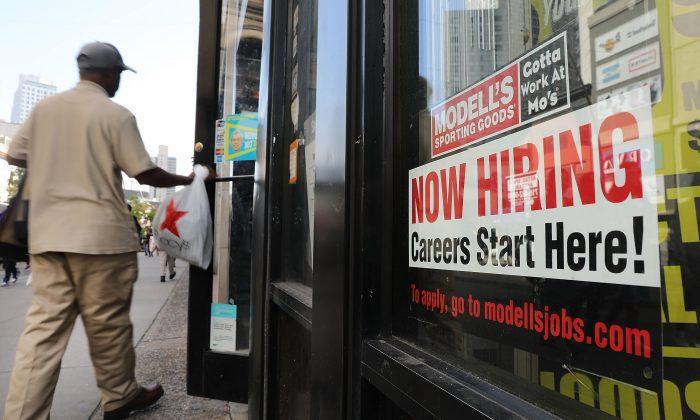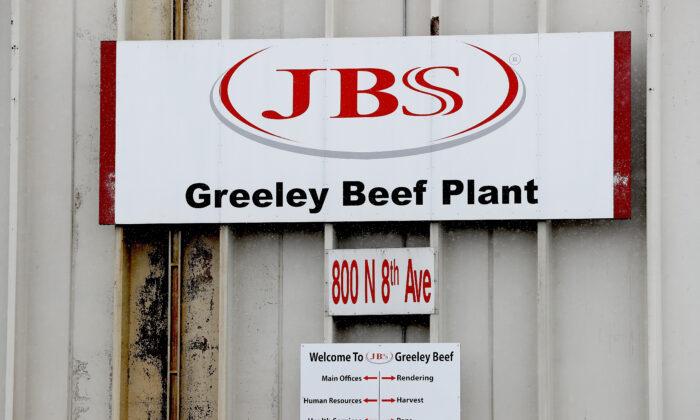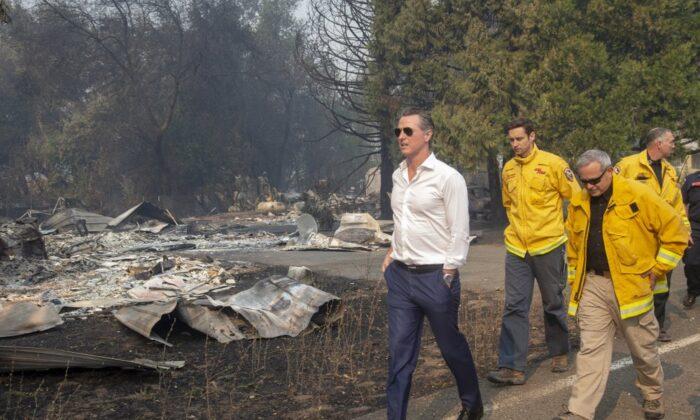The Congressional Budget Office (CBO) said this week that the U.S. economy is poised for real GDP growth at an annualized rate of 12.4 percent in the second half of 2020, with unemployment to peak in the third quarter before falling rapidly through this year and next.
Economy Poised for GDP Expansion
If current federal taxation policies and spending remain on course, the CBO projects that the U.S. economy will experience rapid growth in the third quarter of this year.Adjusted for inflation, the CBO expects real GDP—a reliable measure of U.S. economic output—to grow at an annualized rate of 12.4 percent in the third and fourth quarters of 2020, recovering the level it had before the CCP virus pandemic as early as mid-2022. After that time, GDP should continue to grow through 2024, though at a lower pace.

Uncertainty of Projections
The CBO admits that its projections are subject to “an unusually high degree of uncertainty,” which it says stems from the impossibility of predicting how the CCP virus pandemic will continue to unfold, how effective monetary and fiscal measures taken to alleviate the crisis will prove, and how global markets will cope with increases in the levels of public debt and budget deficits.According to the CBO report, “it is not clear how individuals, businesses, and state and local governments will respond to recent fiscal and monetary policy actions taken by the federal government.”






Friends Read Free